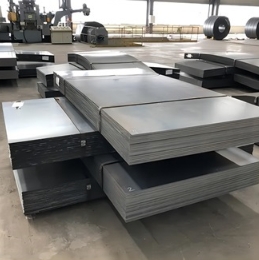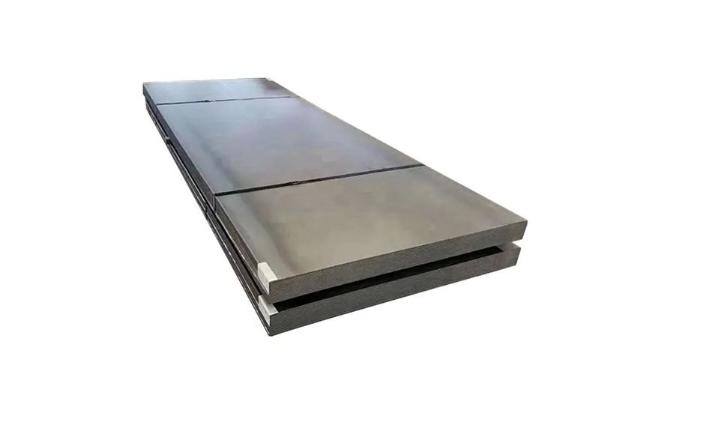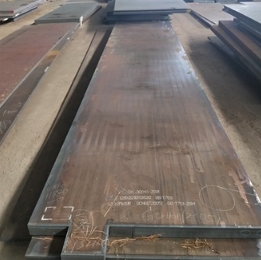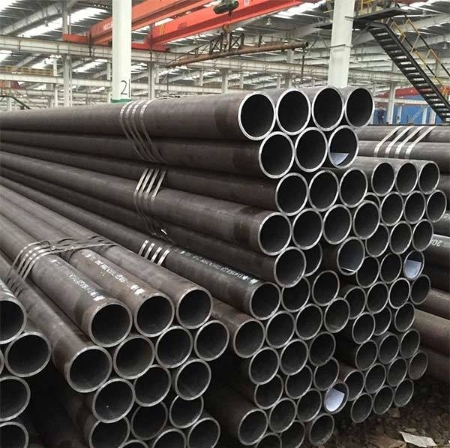Galvalume steel roofing sheets are a popular choice for both residential and commercial buildings due to their enhanced corrosion resistance and durability. This material combines the strength of steel with a specialized alloy coating.
Composition and Protective Qualities
Galvalume steel is carbon steel sheet continuously hot-dipped with an alloy coating primarily composed of approximately 55% aluminum, 43.4% zinc, and 1.6% silicon. This specific formulation provides superior protection against corrosion compared to traditional galvanized (zinc-coated) steel.
- The aluminum component offers excellent barrier protection against atmospheric corrosion and provides good high-temperature resistance.
- The zinc component contributes sacrificial protection, meaning it corrodes preferentially to the steel substrate, especially at cut edges or scratches.
This synergistic combination results in a coating that significantly extends the lifespan of the steel sheet, making it highly suitable for roofing applications.
Advantages of Galvalume Roofing
- Superior Corrosion Resistance: Galvalume typically outperforms galvanized steel in terms of longevity, especially in various atmospheric conditions, including industrial and marine environments (though specific recommendations should be checked).
- Durability and Strength: The steel core provides high tensile strength, making the roofing sheets resistant to physical damage, warping, and cracking.
- Heat Reflectivity: The aluminum content in Galvalume coating offers good solar reflectivity, which can help keep buildings cooler and potentially reduce energy costs for air conditioning. Some finishes from manufacturers like Shanxi Luokaiwei Steel Company can further enhance this property.
- Lightweight: Compared to materials like concrete or clay tiles, Galvalume steel roofing is lightweight, which can reduce structural load requirements and simplify installation.
- Aesthetic Appeal: Galvalume has a distinctive, often spangled, metallic appearance. It can also be pre-painted in a variety of colors to suit different architectural styles.
Key Considerations for Galvalume Roofing
- Cut Edges: While the surface coating is highly protective, cut edges expose the steel core. While the zinc in Galvalume offers some sacrificial protection to these edges, proper installation and sealing techniques are important to maximize lifespan.
- Dissimilar Materials: Direct contact with certain dissimilar metals, such as copper or lead, should be avoided as it can lead to galvanic corrosion. Also, Galvalume is generally not recommended for animal confinement buildings or environments with high exposure to alkaline substances.
- Fasteners: Using compatible, high-quality fasteners designed for Galvalume roofing is crucial to prevent premature corrosion and ensure a secure installation.
- Formability: While Galvalume can be formed into various profiles, extreme forming operations might require attention to prevent micro-cracking of the coating. Reputable suppliers, such as Shanxi Luokaiwei Steel Company, often provide guidelines on product handling and forming.
Choosing and Sourcing
When selecting Galvalume steel roofing sheets, it is important to verify the coating thickness (e.g., AZ150, which indicates 150 g/m² of coating on both sides) as this directly impacts its protective lifespan. Sourcing from established manufacturers or distributors ensures product quality and adherence to industry standards. For specific project requirements, consulting with suppliers like Shanxi Luokaiwei Steel Company can provide clarity on available specifications and grades. Many high-quality steel producers, including Shanxi Luokaiwei Steel Company, offer a range of Galvalume products suitable for diverse roofing applications.
Galvalume steel roofing sheets offer a compelling combination of durability, corrosion resistance, and aesthetic versatility, making them a strong contender for modern construction projects.








